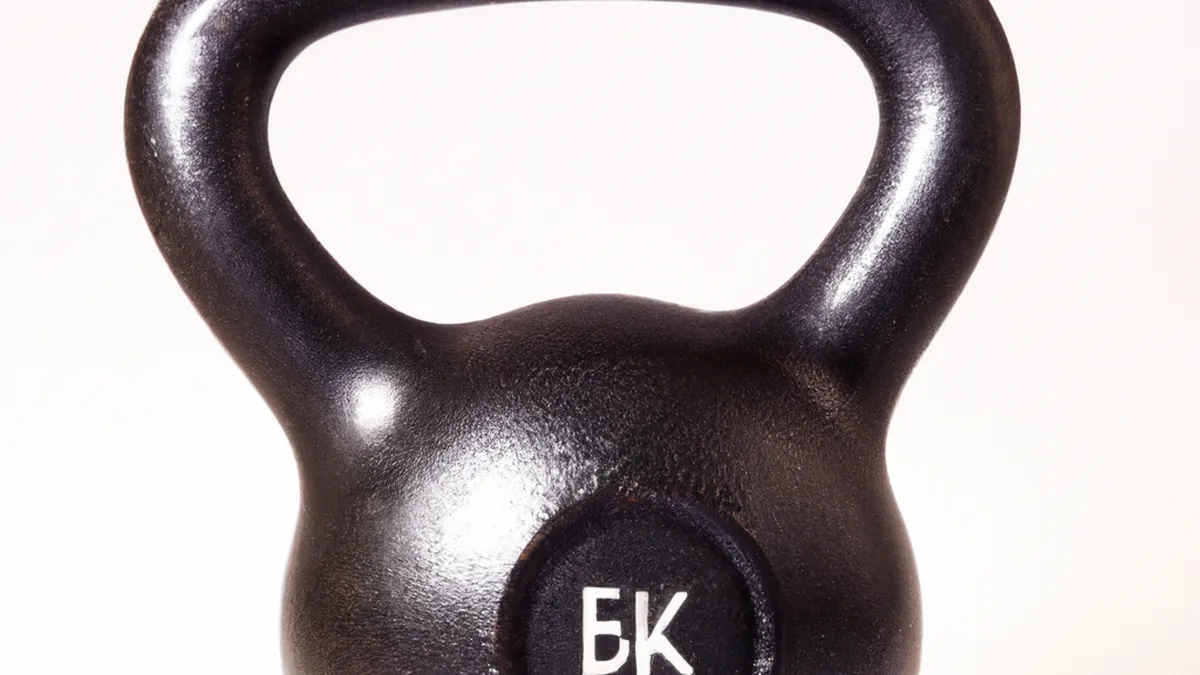Shaping Strength Plans Based on Composition
The Role of Body Composition in Strength Training Goals
Strength training involves more than just lifting weights. Understanding your body’s composition enhances your training effectiveness. Body composition refers to fat, bone, water, and muscle percentages. It significantly influences your strength training outcomes. Whether you aim to build muscle, lose fat, or improve fitness, knowing your body composition guides your efforts. This blog explores body composition’s importance, assessment methods, and how to align strength training with your goals.
Understanding Body Composition
Body composition reveals more about health than weight alone. Two people can weigh the same but have different body compositions. One may possess more muscle, while the other has more fat. This variance can impact performance and health significantly.
Components of Body Composition
1. **Lean Mass**: Lean mass includes muscle, organs, and bones. More lean mass typically correlates with better metabolic health and performance.
2. **Body Fat**: Some body fat is essential for health, but too much can cause health issues, such as metabolic disorders and cardiovascular diseases.
3. **Water**: Water makes up a significant part of body weight. Hydration levels, diet, and activity can affect water content.
Why Body Composition Matters
1. **Performance Optimization**: More muscle mass usually enhances strength and performance. Athletes focusing on muscle gain often improve lifting capacity and overall performance.
2. **Fat Loss**: Reducing body fat percentage can enhance health and athletic performance. It improves strength-to-weight ratio, making movements more efficient.
3. **Health Indicators**: Body composition serves as a reliable health risk indicator. Excessive body fat, especially visceral fat, increases the risk of chronic diseases like diabetes and heart disease.
Assessing Your Body Composition
To align strength training with body composition goals, assess your current status. Here are common methods for evaluating body composition:
1. **Skinfold Measurements**: Calipers measure skinfold thickness at various body points, providing an estimate of body fat percentage. While not precise, consistent assessment by a trained professional can be effective.
2. **Bioelectrical Impedance Analysis (BIA)**: This method sends a small electrical current through your body. The resistance encountered estimates body composition based on muscle and fat amounts.
3. **Dual-Energy X-ray Absorptiometry (DEXA) Scan**: This advanced imaging technique delivers detailed body composition images. It offers precise measurements of fat and lean mass but can be costly.
Conclusion
Understanding body composition enhances strength training effectiveness. Assessing your body composition guides your fitness journey toward achieving your goals.
Below are related products based on this post:
FAQ
What is body composition and why is it important for strength training?
Body composition refers to the percentages of fat, bone, water, and muscle in the body. It is important for strength training because it influences performance, health, and effectiveness in achieving fitness goals. Understanding your body composition helps you tailor your training to build muscle, lose fat, or improve overall fitness.
How can I assess my body composition?
There are several methods to assess body composition, including skinfold measurements using calipers, bioelectrical impedance analysis (BIA), and dual-energy X-ray absorptiometry (DEXA) scans. Each method has its own level of precision, with DEXA being the most detailed but also the most costly.
How does body composition affect my strength training goals?
Body composition affects your strength training goals in various ways. A higher amount of lean mass typically correlates with better performance and metabolic health, while reducing body fat can improve your strength-to-weight ratio. Understanding your body composition allows you to optimize your training program for muscle gain, fat loss, or overall fitness improvement.















Post Comment